Apples are among the world’s most popular fruits, valued not just for their taste and versatility, but also for their economic importance. While China leads apple production globally, the top position in apple exports—the country that ships the most apples to international markets—is held by Italy.
This article explores in detail why Italy holds this crown, how other nations compare, and the global patterns shaping the apple trade.
1. The Global Apple Trade at a Glance
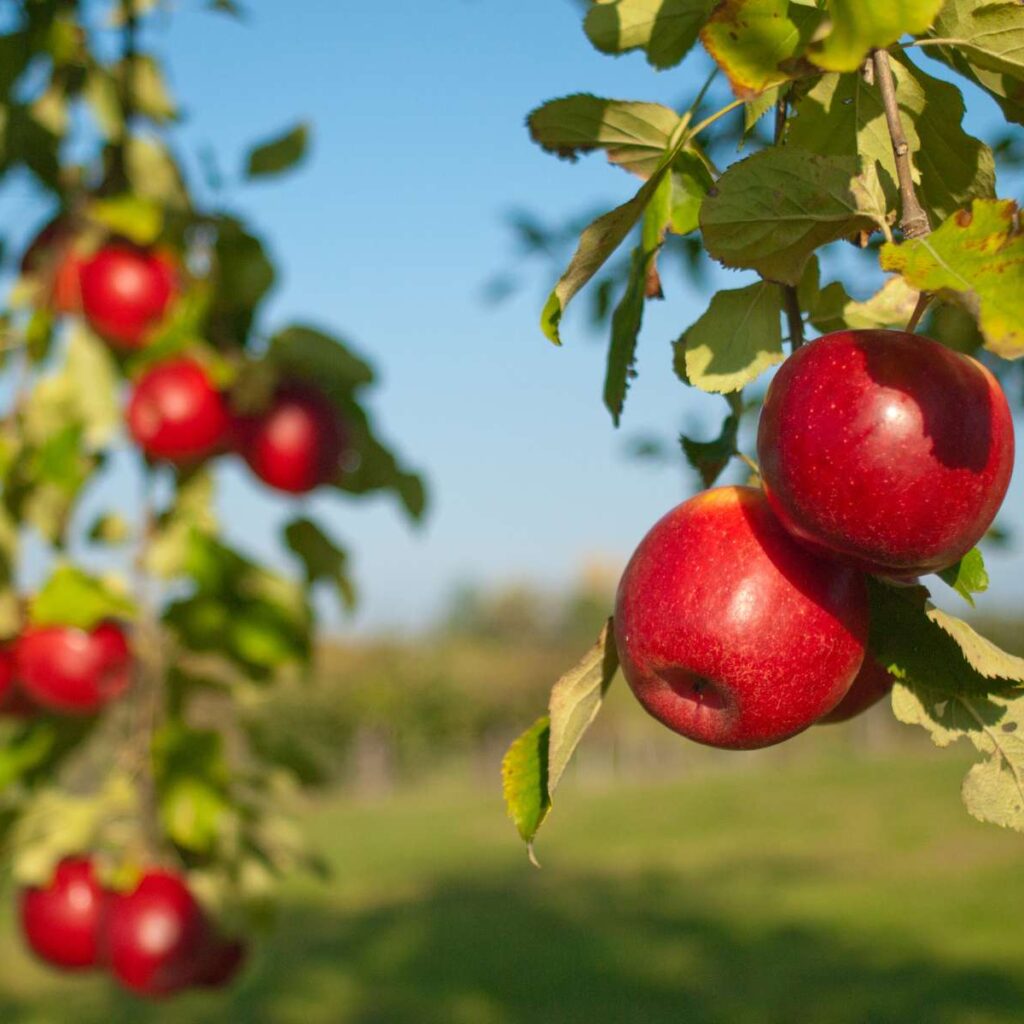
Apples are grown on almost every continent except Antarctica. Their long shelf life, adaptability to different climates, and wide range of varieties make them a staple in international fruit markets.
In 2024, global apple exports reached an estimated 6.8 million tonnes, worth more than USD 7.8 billion. The trade is competitive, with a few countries dominating the supply chain and many others competing in niche markets.
2. Italy: The World’s Largest Apple Exporter
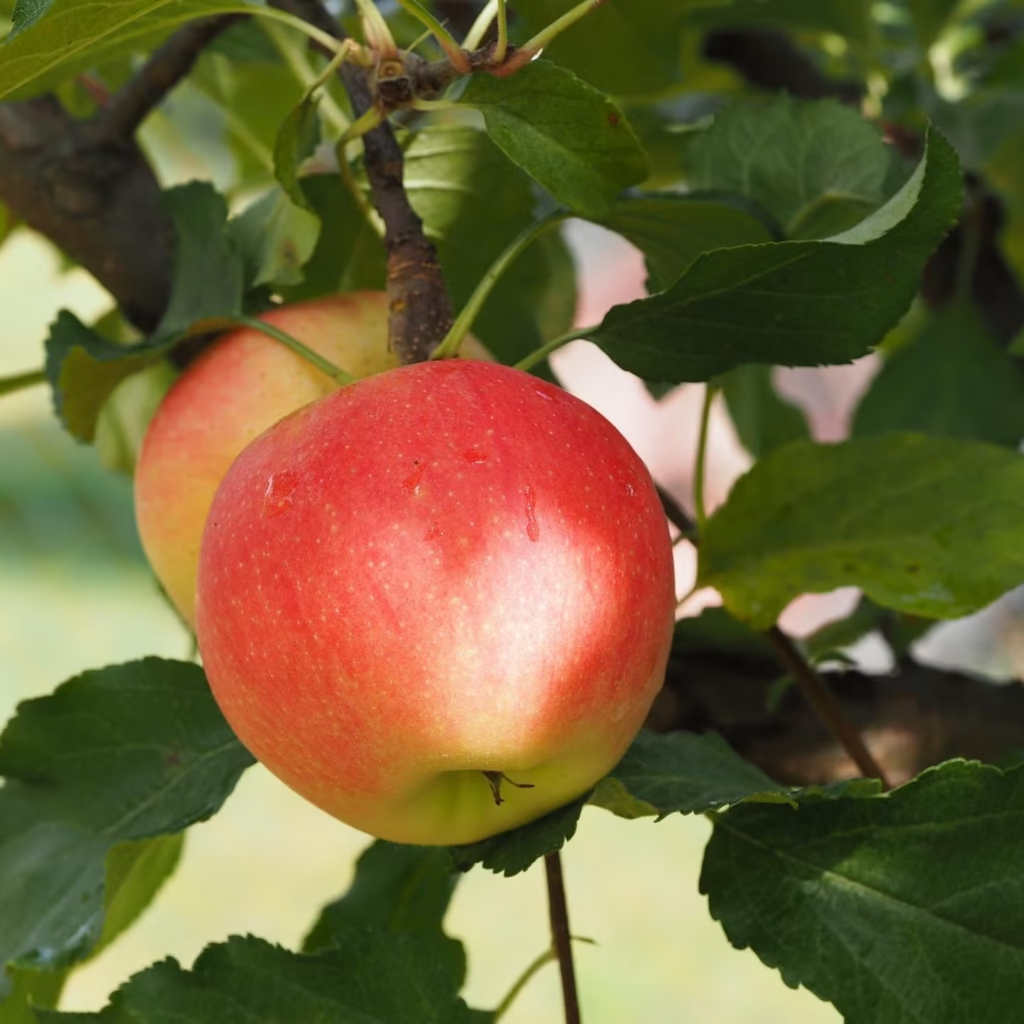
In terms of value, Italy leads the world in apple exports. According to the latest trade data (2023–2024):
- Export Volume: Around 860,000 tonnes of fresh apples annually.
- Export Value: Nearly USD 1.12 billion.
- Share of Global Value: About 14–15% of total world apple export earnings.
Why Italy Leads
- Premium Quality Production
Italian apples, especially from the South Tyrol and Trentino-Alto Adige regions, are celebrated for their consistent flavor, size, and appearance. Varieties like Gala, Fuji, Golden Delicious, and Pink Lady dominate export shipments. - EU Market Advantage
Italy’s membership in the European Union provides tariff-free access to many lucrative markets, especially Germany, Spain, France, and Austria. - Advanced Post-Harvest Technology
Cold storage, controlled atmosphere facilities, and modern packaging extend shelf life and maintain fruit quality during long shipments. - Branding and Certification
Protected Geographical Indication (PGI) labeling, such as “South Tyrolean Apple PGI,” boosts buyer trust and market value.
3. Close Competitors in the Apple Export Race
While Italy leads in export value, other countries challenge its dominance in volume and regional market share.
a) China — The Production Giant
- Export Value: ~USD 1.05 billion (13–14% global share)
- Export Volume: Around 950,000 tonnes annually
- Key Markets: Southeast Asia, Russia, and the Middle East
- Strength: Massive production capacity, low labor costs
- Limitation: Most apples are consumed domestically; exports focus on nearby markets.
b) United States
- Export Value: ~USD 1.09 billion
- Export Volume: ~839,000 tonnes
- Key Export States: Washington, New York, Michigan
- Main Markets: Canada, Mexico, and East Asia (especially Taiwan and Vietnam)
- Strength: Advanced farming and storage technology; consistent quality
- Limitation: Tariff challenges in certain markets like China.
c) Poland
- Export Value: ~USD 350–400 million
- Strength: High production volume, competitive pricing
- Markets: EU neighbors, Middle East, and North Africa
- Limitation: Lower brand recognition compared to Italy or New Zealand.
d) Southern Hemisphere Leaders (Chile, South Africa, New Zealand)
These countries dominate off-season supply when Northern Hemisphere production is low.
- Chile: ~USD 482 million exports; strong in Royal Gala and Fuji.
- South Africa: ~USD 487 million; exports to Europe, Asia, and the Middle East.
- New Zealand: ~USD 533 million; premium Jazz and Envy varieties popular in Asia.
4. Export Value vs. Export Volume
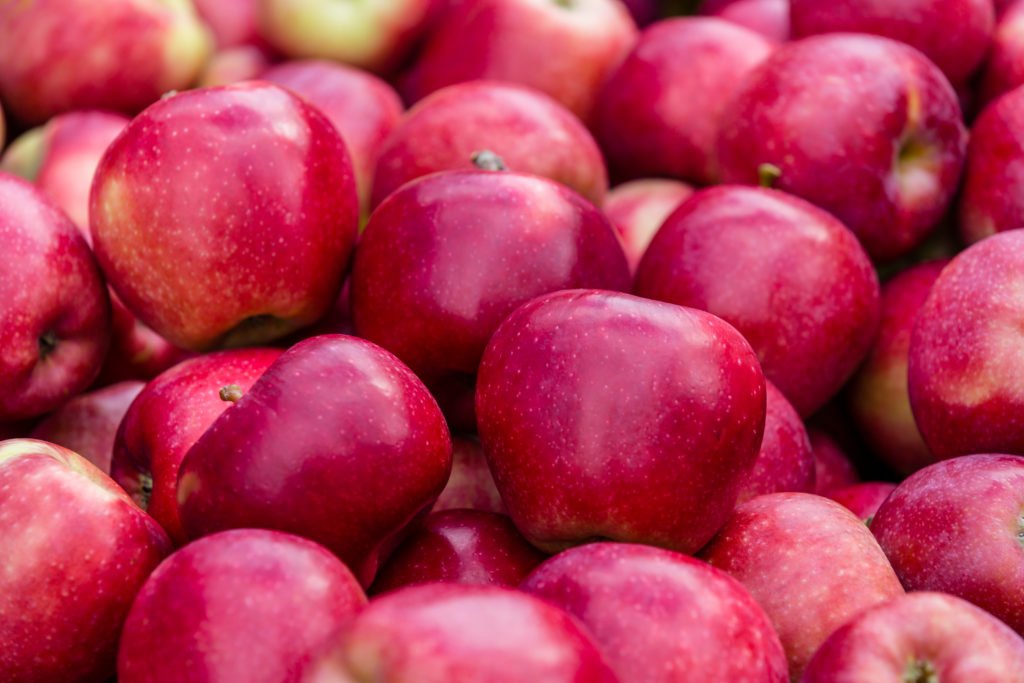
It’s important to distinguish between who exports the most apples by weight and who earns the most from exports.
- By Volume (tonnes): China often tops the list, followed by the U.S., South Africa, Italy, Poland, and Chile.
- By Value (USD): Italy remains first because of premium pricing per tonne.
This means Italy may export slightly fewer tonnes than China but earns more per kilogram thanks to quality and brand image.
5. Top Apple Exporters in 2024 (by Value)
| Rank | Country | Export Value (USD million) | Share of Global Value |
|---|---|---|---|
| 1 | Italy | 1,120 | 14.5% |
| 2 | United States | 1,090 | 14.0% |
| 3 | China | 1,050 | 13.6% |
| 4 | New Zealand | 533 | 6.8% |
| 5 | South Africa | 487 | 6.2% |
| 6 | Chile | 482 | 6.1% |
| 7 | Poland | 350–400 | ~5% |
| 8 | France | 300+ | ~4% |
6. Factors That Shape Apple Export Leadership
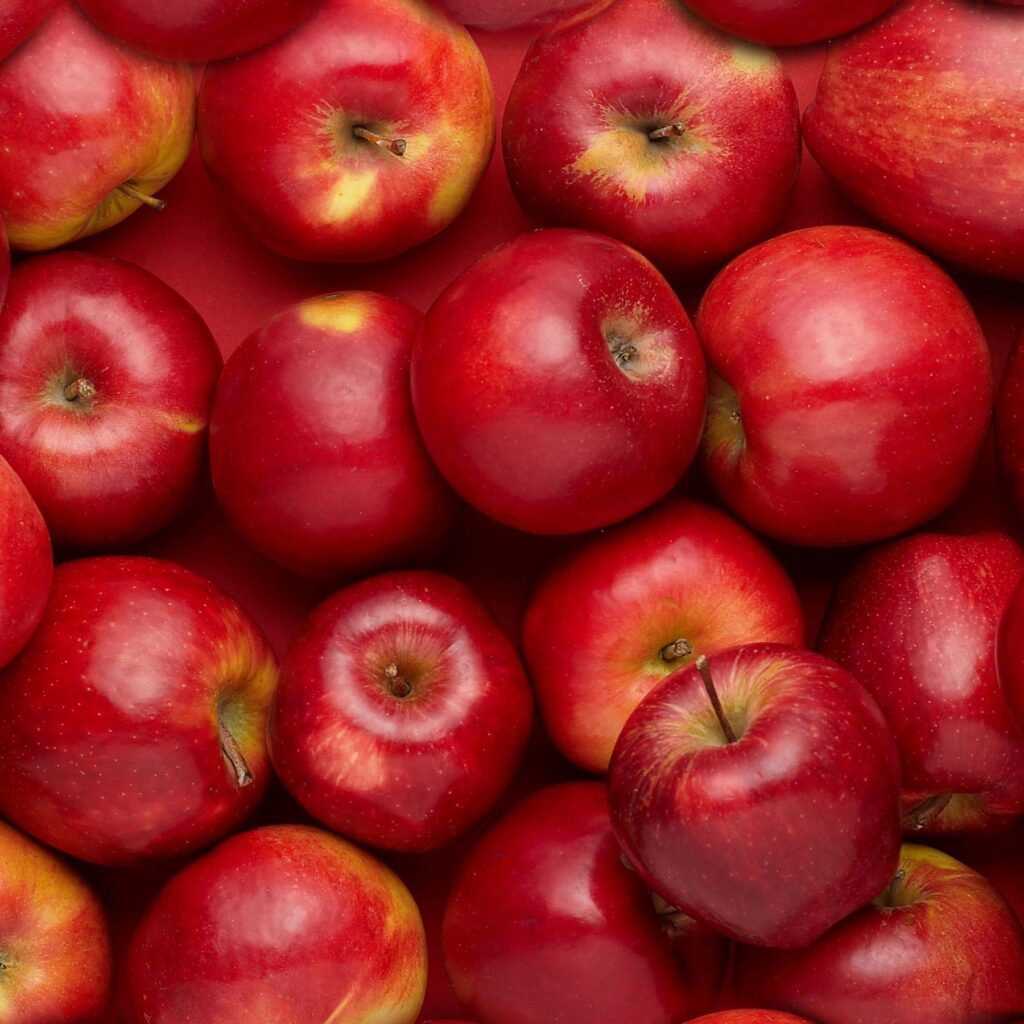
Climate and Geography
The best apple-exporting nations have climates that allow for crisp texture and balanced sweetness—often cooler regions with distinct seasons.
Infrastructure
Cold storage, sorting lines, and modern logistics ensure that apples arrive fresh after weeks of transit.
Trade Agreements
Free trade agreements can make or break export potential. Italy’s position within the EU and New Zealand’s Asia-Pacific partnerships are strong examples.
Branding and Certification
Consumers are willing to pay more for apples labeled with origin guarantees or sustainable farming certifications.
7. The Role of Off-Season Supply
Southern Hemisphere exporters have an advantage from March to July when Northern Hemisphere harvests are over. This supply gap allows them to charge premium prices, keeping the global apple market active year-round.
8. The Future of Apple Exports
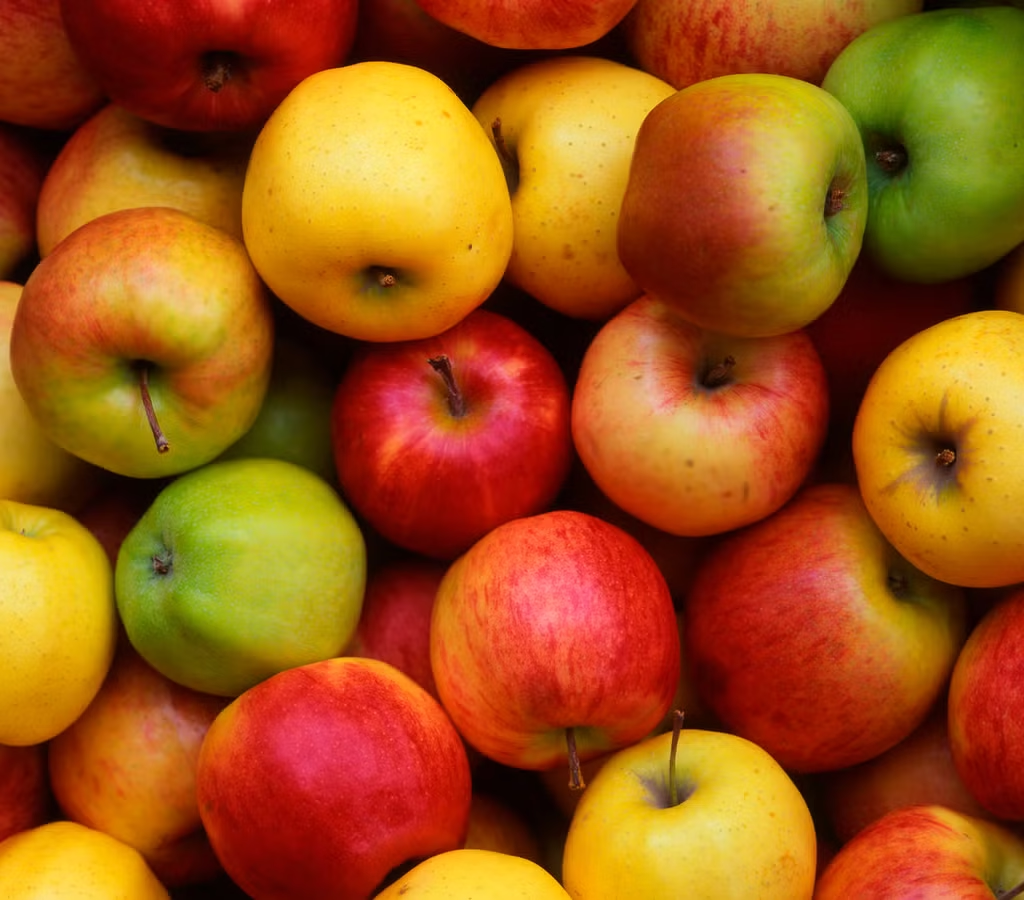
Several trends could shift rankings in the next decade:
- Climate Change: Shifting growing zones may affect traditional leaders.
- Rising Asian Demand: India and Southeast Asia are emerging as high-growth apple importers.
- Varietal Innovation: Proprietary apple varieties like “Envy” and “Honeycrisp” can boost brand loyalty.
- Sustainability: Markets increasingly reward environmentally friendly production.
9. Conclusion: Italy Holds the Export Crown
While China grows more apples than any other country, Italy remains the top apple exporter when measured by value. Its combination of high-quality fruit, strategic EU market access, advanced infrastructure, and strong branding keeps it ahead of the competition.
The global apple export market is a fascinating blend of agriculture, trade policy, and consumer preference—and as climate, technology, and economics evolve, the top spot will remain fiercely contested.





